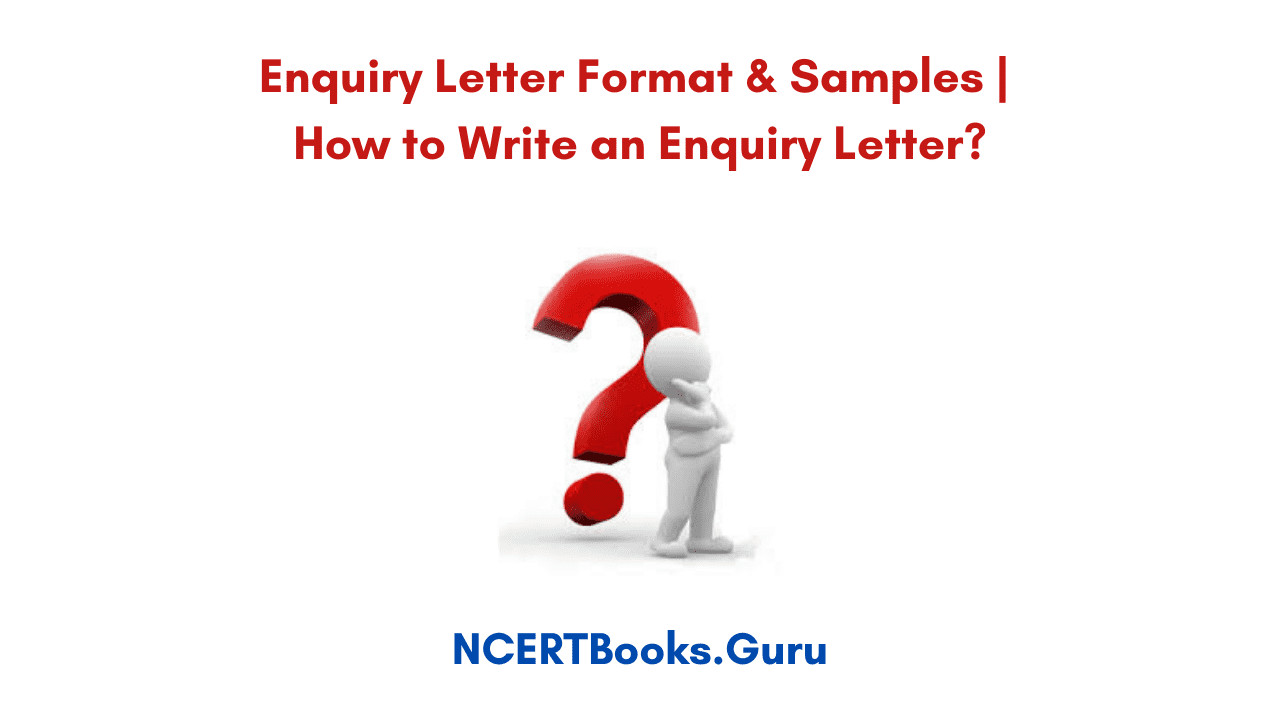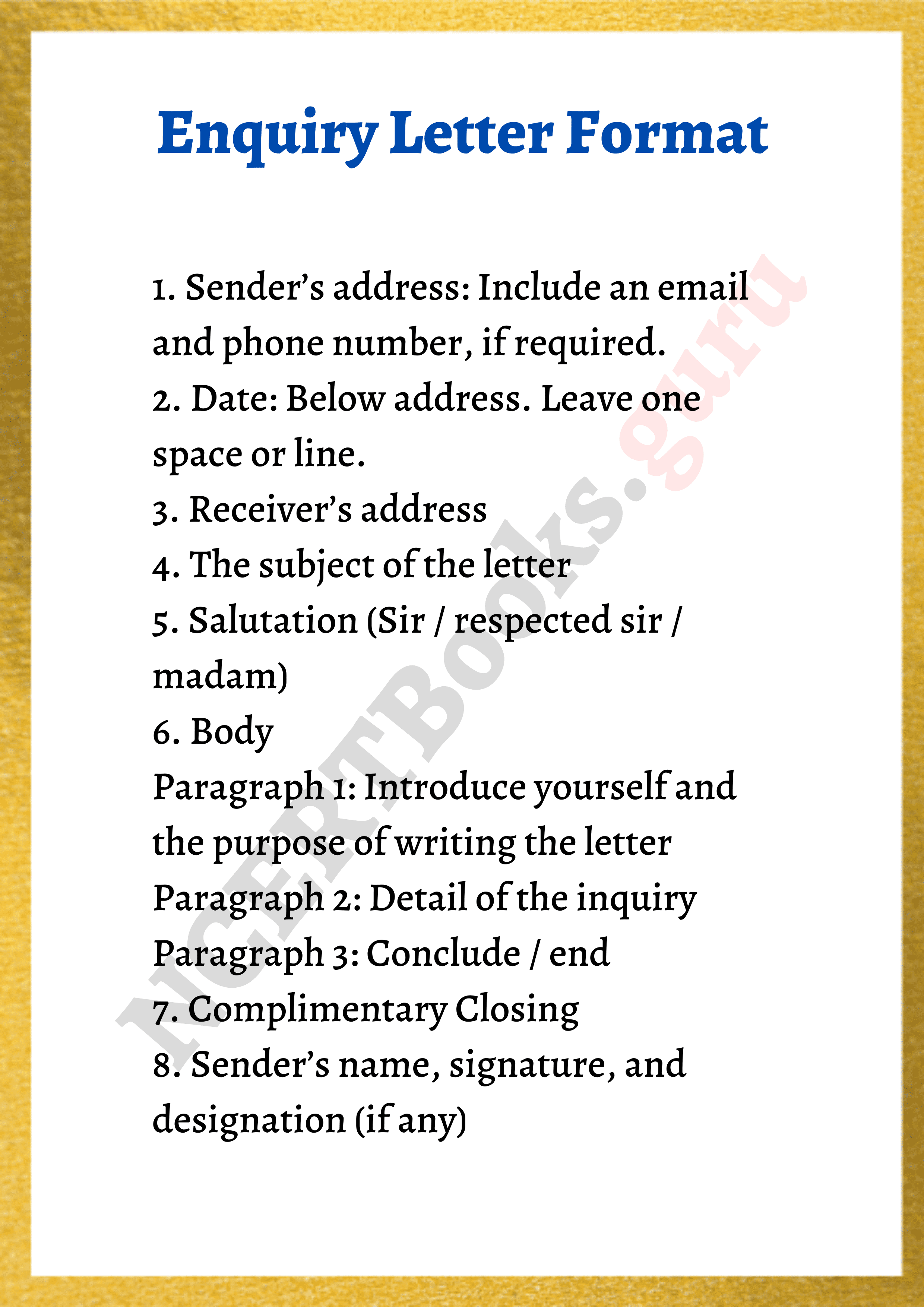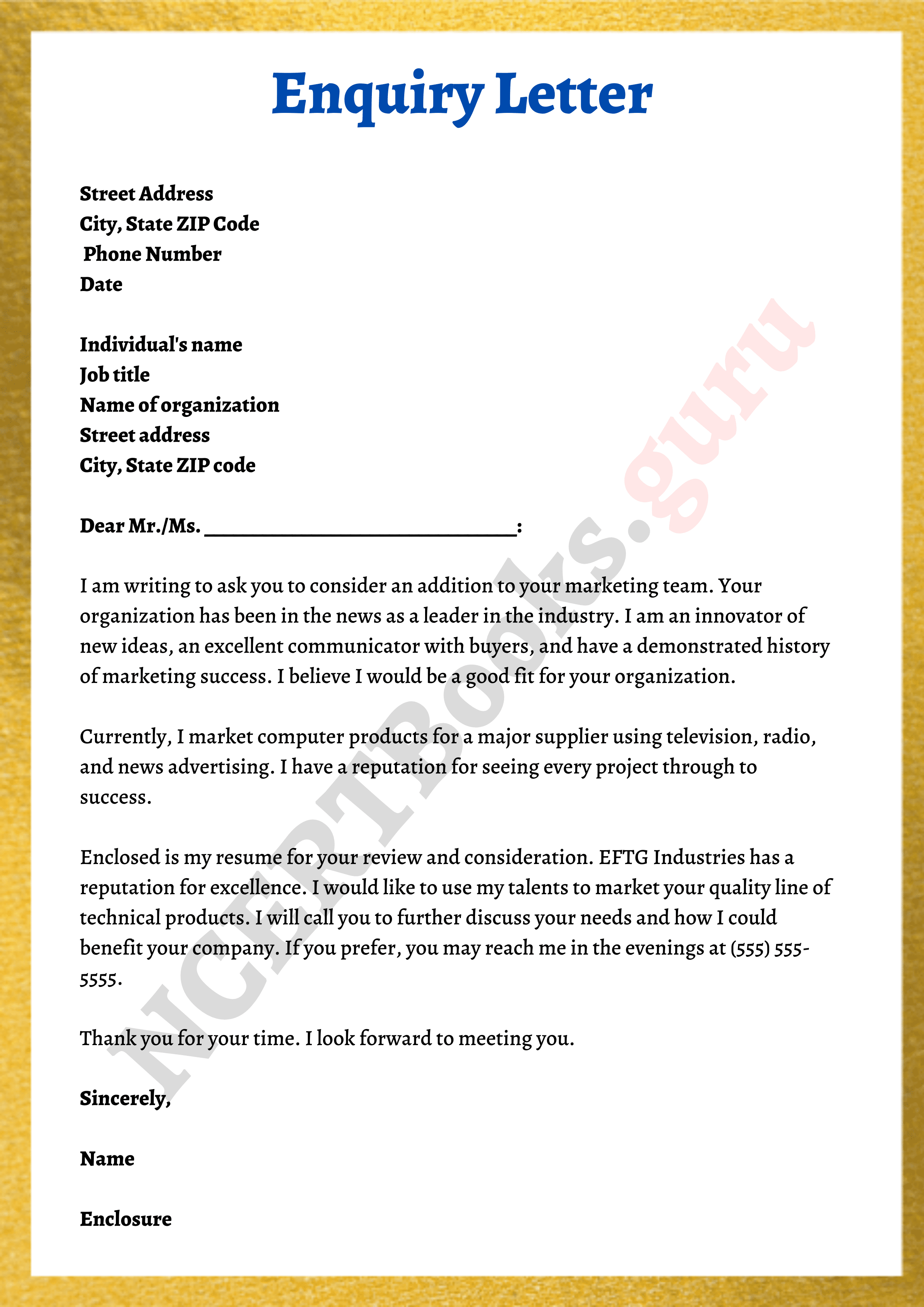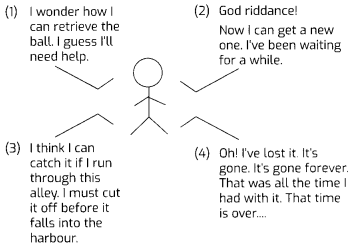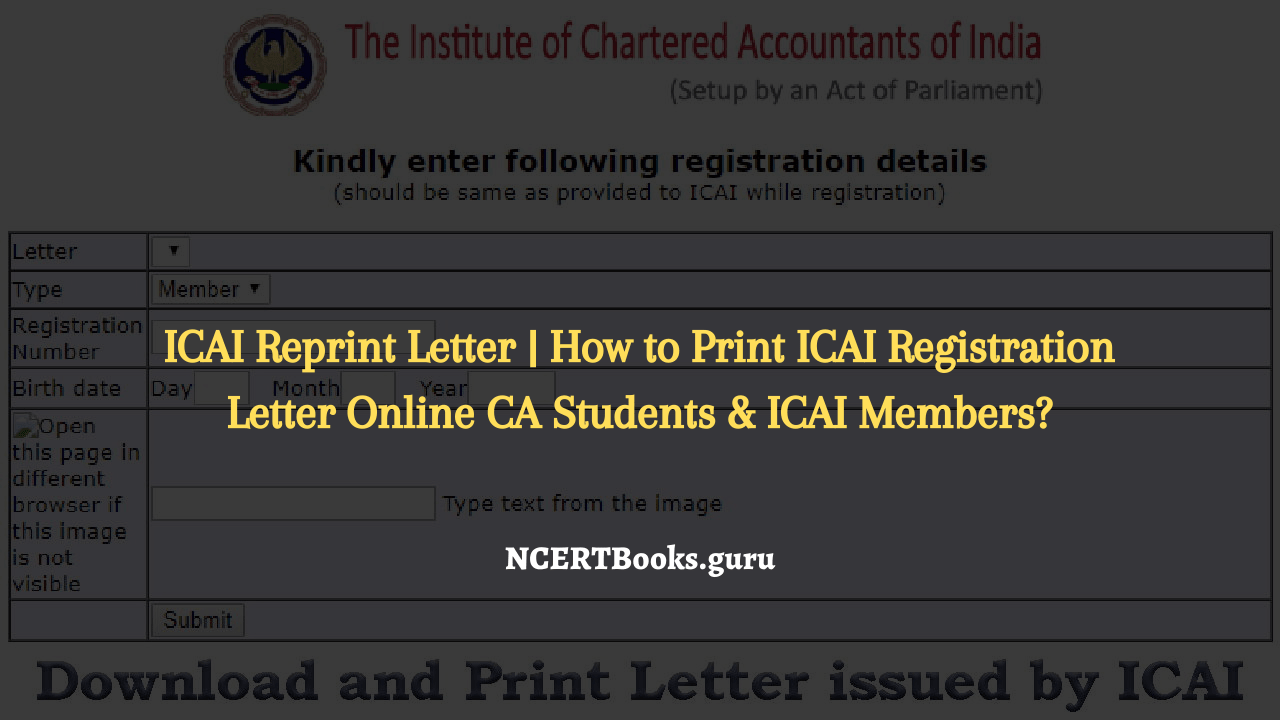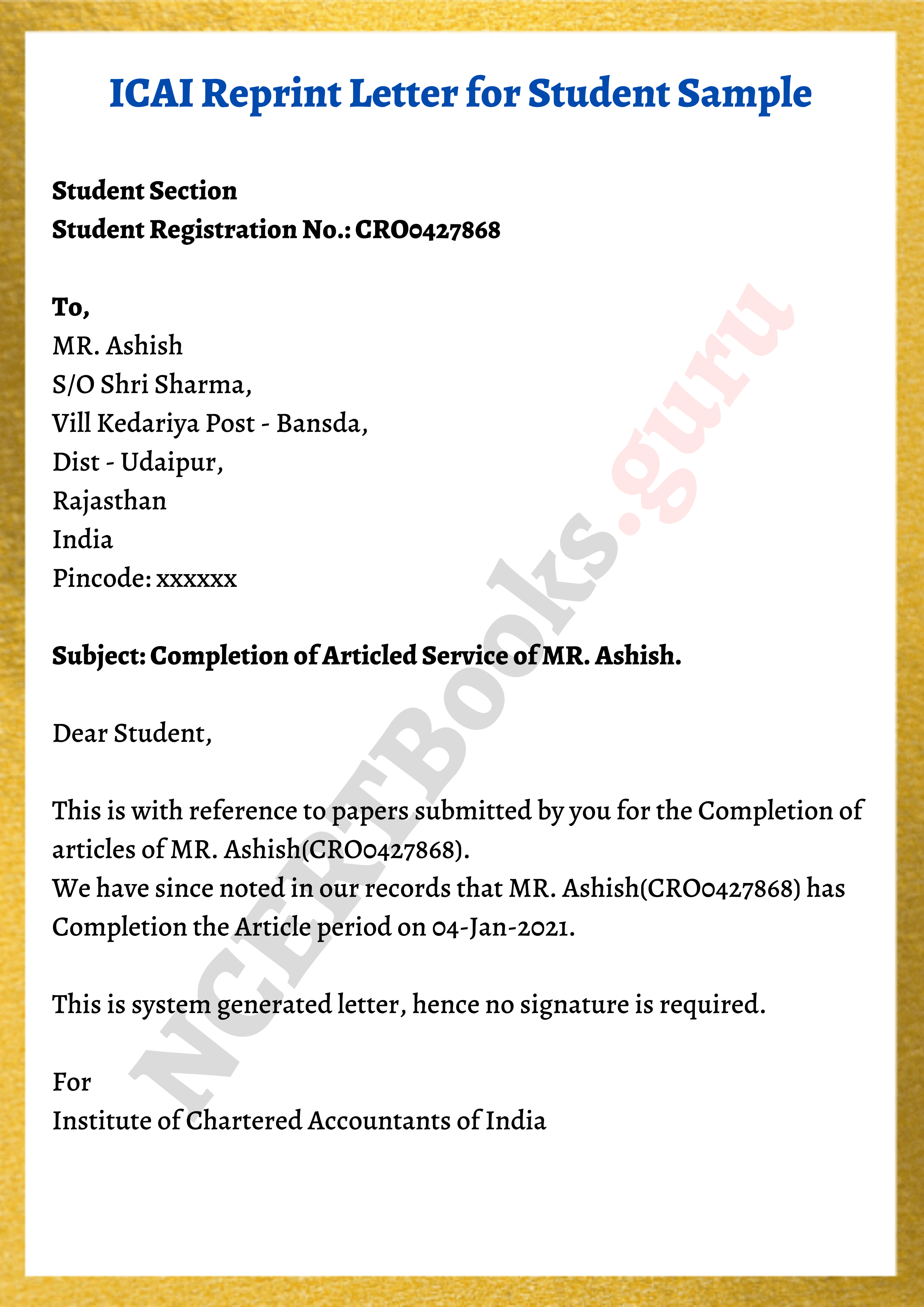Same-Sex Marriages Essay: Same-sex marriage, as the name suggests it is the union between two people of the same biological sex. It is commonly known as gay marriages. Same sex marriage is considered to be a human and a civil right as well as a social and political issue.
Same-sex marriages are primarily opposed by traditional eastern societies who consider it unholy. Though it faces a lot of obstacles from the conventional society, same-sex marriages are now legal in more than twenty nations throughout the world including Argentina, Australia, Brazil, Canada, Denmark, Germany, Spain, and United States.
Long and Short Essays on Same-Sex Marriages for Students and Kids in English
We are providing students with essay samples on a long essay of 500 words and a short essay of 150 words on the topic of Same-sex marriages.

Long Essay on Same-Sex Marriages 500 Words in English
Long Essay on Same-Sex Marriages is usually given to classes 7, 8, 9, and 10.
A conventional belief of the traditional societies is that homosexuality is unnatural and unholy. They believe that it is against the religious doctrines and the teachings of God. However, scientific studies have proved that homosexuality is an entirely normal variation in human sexuality. Moreover, sexual orientation is not a choice but something that one is born.
Social science research indicates that the exclusion of same-sex marriage or gay couples creates a visible distinction between them and the heterosexuals, which in turn give rise to exploitation and oppression. Same-sex couples are still discriminated against in most nations and societies, and that often leads to harsh bullying.
On the contrary to orthodox beliefs of the unholiness of same-sex marriages, scientific study now shows that gay people are extremely benefitted physically, psychologically and economically if they are allowed to a marital union recognised by law. Children raised by gay couples are also benefitted from the same-sex union.
Data shows that the legalisation of same-sex marriages also helps in reducing the rate of suicides among children with minority sexual orientation.
Anthropologists have struggled to produce a definition of marriage which includes same sex couples, since till date, across cultures, marriage as an institution hasn’t been inclusive of same sex couples.
In recent times, with the increase of LGBTQ+ movements across the world, the support for same-sex marriage is increasing. Moreover, the increased representation in pop culture has paved the way for the normalisation and acceptance of gay marriage.
The Netherlands was the first country ever to legalise same-sex marriage and give recognition to the rights of gay couples. Same-sex marriages in the Netherlands was legalised in the year 2000.
Following suit counties like the UK and US legalised same-sex marriages in the early 2000s. However, debates are still carried on in countries like China, Pakistan, India and more nations. India gloriously scraped off section 377 of the IPC in 2018, therefore, decriminalising same sex relationships.
However, it still doesn’t recognise same-sex marriages and does not even consider gay rights or any LGBTQ rights under civil liberty or human rights. When it comes to the issue of parenting, it is proved through scientific studies show it is most beneficial to raise a child under the same-sex couple. Children grow up to be more tolerant and inclusive.
The frequent misconception that many people have regarding the marriage and parenting of the same-sex couple is that it forces the child to come out as homosexual. However, this claim is baseless as homosexuality I not a contagious disease but natural orientations that people are born with.
Same sex marriage also includes the marriage of transgender, provided what definition of sex has been used in the constitution. Non-sexual same-sex marriages are also another rarely visited branch which is in practice in countries like Kenya and Nigeria. Lastly, with the increasing protests worldwide, we wish same sex marriages to be legalised everywhere soon.
Short Essay on Same-Sex Marriages 150 Words in English
Short Essay on Same-Sex Marriages is usually given to classes 1, 2, 3, 4, 5, and 6.
Same-sex marriages, most commonly called gay marriages, are the union between two people of the same biological sex. Same-sex marriages are legalised in several states including Australia, Argentina, Brazil, Canada, Denmark, Netherlands, New Zealand, Spain, United Kingdom and the United States.
Traditionally homosexuality is considered to be unholy by almost every religion and especially the catholic Church. Hence, same sex marriages are yet to be legalised in most nations. In the present times, the eastern orthodox nations like China, India, Pakistan are more hostile to LGBTQ rights.
Scientific study has been proving time and time again how homosexuality is a natural sexual variation, and it should be treated as normally as heterosexuality.
Studies also prove that gay people develop physically, mentally and economically with the legality of same-sex marriages. Raising children by same-sex couples are always more advantageous since they learn to be more tolerant and inclusive from a young age.
10 Lines on Same-Sex Marriages Essay in English
1. Same-sex marriages are not unnatural.
2. Trans marriages also fall under same-sex marriages.
3. They are legal in more than twenty nations.
4. The basis of marriage is homosexuality.
5. Legal recognition of same-sex marriages makes people more tolerant towards gay couples.
6. Nations with laws on same-sex marriages also allow the adoption of children into their families.
7. United States White House lighted itself with rainbow colours in 2015 to show its support for LGBTQ rights.
8. Same-sex marriage rights also recognise gay couples as citizens and give the civil as well as human rights.
9. Increased representation in pop culture has made many people tolerant of gay marriages.
10. India has not yet legalised same sex marriages.
FAQ’s on Same-Sex Marriages Essay
Question 1.
Which country first legalised same-sex marriage?
Answer:
the Netherlands was the first country to legalise same-sex marriages in 2000.
Question 2.
Does the Church support same-sex marriage?
Answer:
The Church has now become more tolerant of same-sex marriage, yet there are oppositions.
Question 3.
Is homosexuality natural?
Answer:
It is absolutely a natural variation of human sexuality.
Question 4.
Do children raised by same sex couple also become gay?
Answer:
No, homosexuality is not a contagious disease. If you are not born as a homosexual, you will not become one eventually. It is not a choice.




